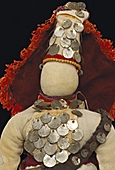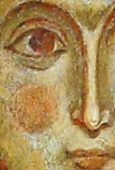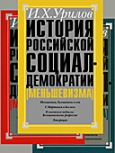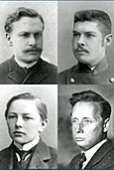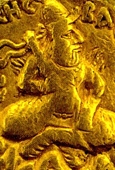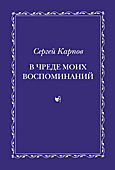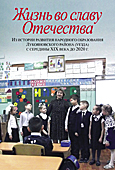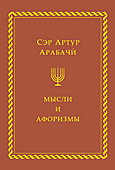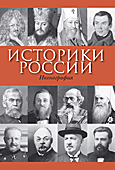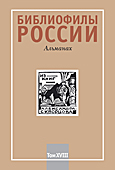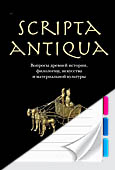Scripta antique. Вопросы древней истории, филологии, искусства и материальной культуры.
Том VII. 2018. Москва: Собрание, 2018. С. 11-23.
В I тыс. до н.э. в Притяньшанье формируется и развивается самостоятельная сакская культура. Хронологические границы культуры охватывают период с VI до середины II в. до н.э. В рамках данной культуры выделяется три локальных варианта – семиреченский, тяньшанский и верхнеилийский, каждый из которых имеет особенности в погребальном обряде и некоторых элементах материальной культуры, в первую очередь в керамике. Несмотря на локальную специфику, в целом сакская культура Притяньшанья обладает устойчивым погребальным обрядом, который складывается уже к началу VI в. до н.э. и почти неизменен на протяжении всего периода ее существования. Однако процесс сложения сакской культуры Притяньшанья не совсем ясен, поскольку ее важнейшие этнокультурные компоненты выделяются лишь гипотетически. Это был многокомпонентный процесс, в котором ведущую роль сыграли мигранты из Саяно-Алтая, Западной Монголии, Восточного Казахстана и Синьцзяна.
S.S.Ivanov. THE CULTURE OF SAKA TRIBES OF TIEN SHAN REGION: PRESENT STATE AND
GENERAL PROBLEMS OF RESEARCH
In the Ist Millennium BC particular Saka culture region was formed and developed in Tien Shan. The chronological boundaries of this culture cover the period from the VIth century until the first half of IInd century BC. Within this culture there are three local variants – Semirechie, Tien Shan and Upper Ili river ones. Each of them had special features in the burial rites and material culture, especially in pottery. For Semirechie local variant typical were burials in common ground graves and less – in а kind of catacomb with narrow funeral chamber (so called “podboi”). In Upper Ili river variant catacombs were used more often. At the same time they are very rare in Tien Shan local variant of the Saka culture.
There were also some differences in ceramics. Especially this is noticeable in the spread of painted pottery. It was very common for the Upper Ili river region, but in Semirechie and Inner Tien Shan finds of such ceramics were very seldom. In Western Tien Shan there was a specific center of painted pottery production, culturally connected with ancient Fergana. Despite local specificities, the Saka culture of Tien Shan region has sustained the funeral rites, which were formed in the beginning of VIth century BC and remains unchanged in the period of its existence
until the first half of the IInd century BC. However, the process of culture formation is not entirely clear, as its major ethno-cultural components stand out hypothetically. It was a multicomponent process in which the leading role was played by the migrants from the Sayan-Altai region, Western Mongolia, Eastern Kazakhstan and Xinjiang. From the other side general components in formation of the Saka culture in Tien Shan region represented groups of settlers from Eastern Kazakhstan and Xinjiang. The other ethno-cultural groups of migrants and local population played less and secondary role in creation of a new culture. However some of their typical cultural features were kept and affected the appearance of local variants of the Saka culture in Tien Shan region.


